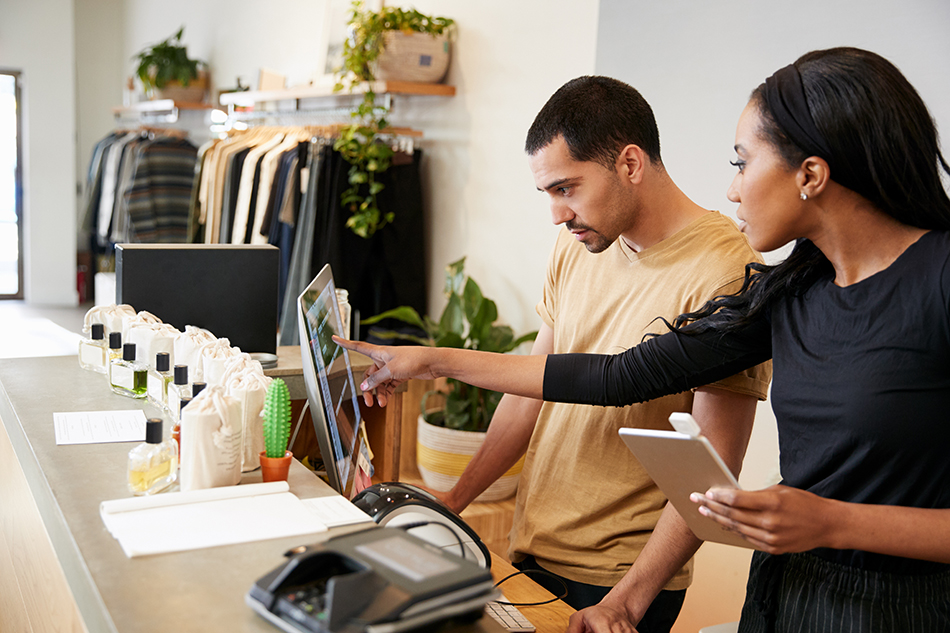The pandemic left little room for error when it came to adapting to the new normal. For retail this meant e-commerce experienced a renaissance, “omnichannel” received a lot of attention and customer experience was no longer an after-thought but a necessity. Meanwhile, it’s the customer that lies at the heart of these new trends and will ensure their staying power.
Globally, retail is a $25 trillion market with e-commerce accounting for a sizeable $9 trillion. In the Middle East and Africa (MEA), Microsoft retail customers reported that online sales brought in between two and five percent of revenues before the pandemic. Today, this has reached around 20 percent of top line profits. This is an extraordinary amount of growth that took place in just two years, and according to Mastercard’s Economy 2022 report, this shift is expected to stay.
While this move to online shopping is a gamechanger for many retailers, it does not mean this is the end of brick-and-mortar stores. In fact, we are seeing omnichannel retail becoming a key approach for brands as they look to navigate a post-COVID-19 landscape. As lockdowns eased, consumers returned to their favourite stores, but were now more likely to have looked up the desired item online beforehand or research a product while perusing the shelves in person.
Retail brands that are able to seamlessly connect their customers to these different touchpoints will unlock greater business value. A Harvard Business Review study found that the more channels customers used, the more valuable they were. Omnichannel customers spent on average four percent more in store and 10 percent more online in comparison to single-channel customers. A seamless approach to creating customer engagement from the virtual world into the physical can yield results for retailers.
The customer is always right
The omnichannel approach is also having a positive impact on the customer experience. It’s through these multiple channels that shoppers are given more choice than ever. Consumers are looking for brands that meet all their needs, whether it’s browsing online or in-store, or opting for delivery or curb side collection.
Retailers are further building on the customer experience through personalization. Data holds the key and customers are more comfortable sharing their data in exchange for better services and experiences. The United Arab Emirates’ Al-Futtaim Group has developed a customer data platform on Microsoft Azure to better consolidate customer data and build comprehensive profiles. These personalized insights have enabled the group to better understand customer behaviour and has created more opportunities for its staff to upsell and cross-sell.
Loyalty programmes are a valuable asset for retailers looking to personalize the customer experience. In the case of Emaar Properties, the company sought to automate its Dubai Mall loyalty program with the help of Azure Cognitive Services. Shoppers scan a receipt using the mall’s app, which will log their purchases and reward loyalty points accordingly.
In a world where consumers have more choice than ever before, retailers will need to work harder to maintain customer loyalty. Tools that help to automate loyalty programs and provide insight into customer behaviour will help brands spend more time innovating products and services for their customers.
Building this loyalty and trust can be completely derailed by a single cyberattack, which is why any sort of data management should always be paired with a security solution. For Turkish conglomerate Doğuş Group, protecting its highly sensitive datasets was a growing concern as it witnessed a rise in cyberattacks. Improving its threat detection and resolution was top of mind when it deployed Microsoft Defender to secure its data and staff against security incidents. The group’s technology team are able to react faster to suspicious activity that before may have taken days to investigate.
Meeting customer demand with the right tech tools
Another growing trend is the conscious consumer. Sustainability has become a major priority for customers with many choosing to spend more money with brands that demonstrate their commitment to environmentally conscious and ethical products and services. The right tech solutions can provide retailers with more transparency within their supply chains to ensure they meet this consumer demand.
Starbucks developed a digital, real-time traceability feature for its mobile app that shows customers information about where their coffee comes from. The app is powered by Microsoft’s Azure Blockchain Service and also allows coffee farmers to monitor the movement of their coffee during its transformation from bean to bag.
The demand for sustainable and ethical products cannot be ignored, but its through technology that retailers can gain visibility through their supply chains and demonstrate transparent practices to their customers.
These cloud-powered solutions are helping companies like Spar in South Africa to reduce inefficiencies and empower their employees. With the help of Azure and Microsoft 365, the food retailer was able to standardize its systems, better understand its market and apply best practices throughout its operations to become a more nimble and agile company.
To help our retail customers on their digital transformation journey, Microsoft has developed Cloud for Retail, a tailored set of industry-specific cloud solutions. By working closely with retailers and our partners, Cloud for Retail helps maximize data, enhance the customer experience, optimize supply chains and empower employees.
COVID-19 may have been the unexpected push into a new way of doing retail business, but it’s consumers that give these trends staying power. To take advantage of the business benefits, retailers will need to continue with their digital transformation journeys in earnest.




